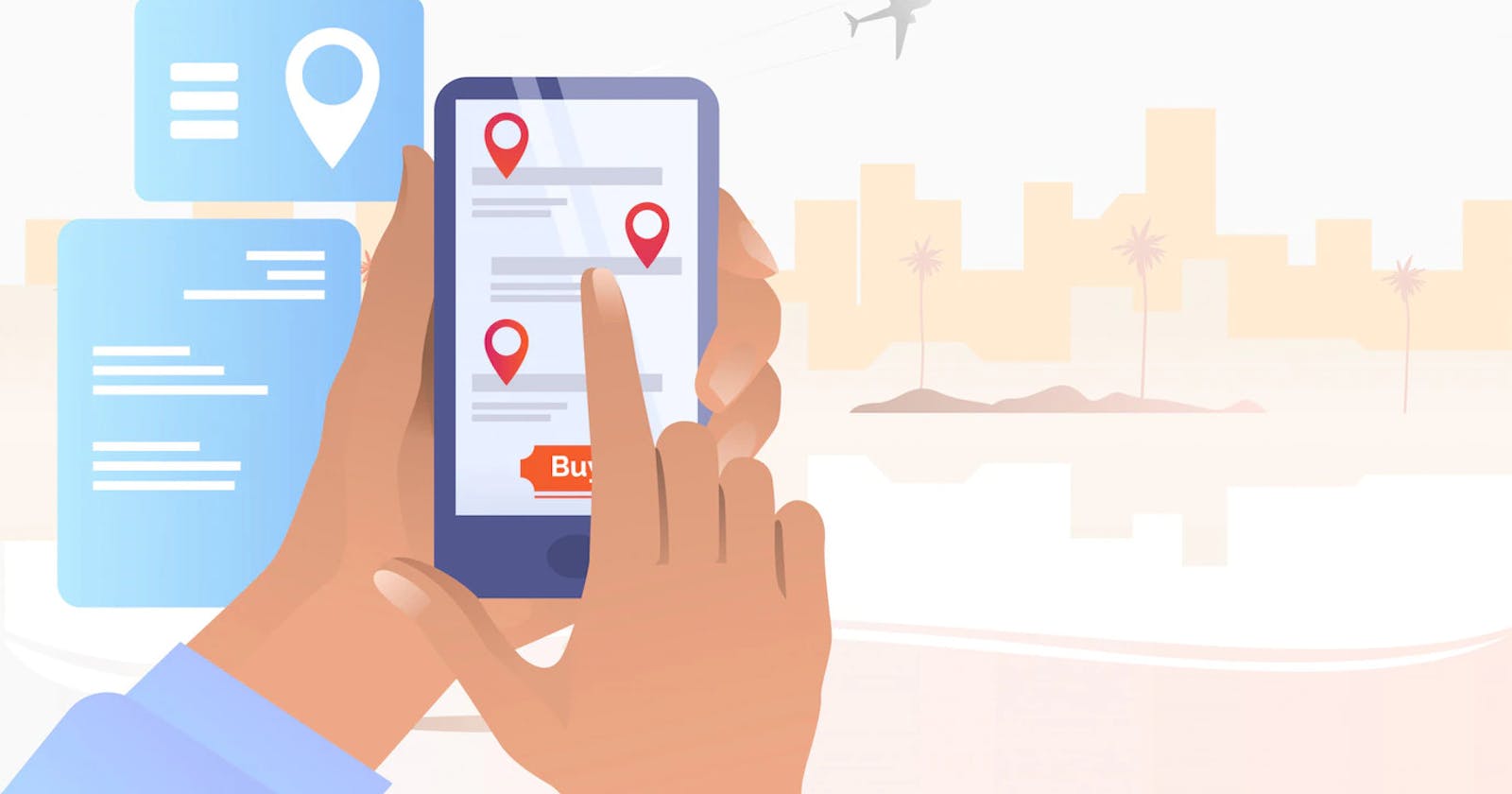Why create a travel app? – one might wonder. Well, if you have traveled at least once to a place you’ve never been before, you know how helpful apps on your phone can get. Got lost – here’s the map for you, need to buy the train ticket – you can do that with an app, want to know what’s the history behind the mysterious building you saw in the street – an app can help.
The main reason why travel apps are so popular and important for people is that travel also comes along with a certain level of stress we feel when we leave the comfort zone of our own homes and head into the unknown. That being said, it’s becoming obvious that the vital part of any travel app is its ability to help users feel more at ease with their travel experience and that’s what makes the app a success.
It seems logical that the app that acts like a user’s assistant is a trip-planning app. Typically, a trip planner manages your route from A to B, building an itinerary and following you with essential details and alerts about any changes occurred. It creates the feeling of things being taken care of so that the user won’t need to worry.
Now, let’s focus more on what features users expect to see in a good travel planning app and have a look at the trip planners that are already on the market.
Itinerary
The ability to build an itinerary will mark the app with thoroughness and accuracy. The itinerary may act as the basis for the other features to develop upon it, having the structuring and organizing quality to it. To be able to create an itinerary, you will have to get access to ticket details, hotel bookings, taxi rides or car rentals. This data might be retrieved by parsing the users’ emails. You can build your parser from scratch or utilize the existing ones (for example AwardWallet’s Email Parsing API or TripIt API).
Maps
Maps appear to be an obvious solution for any travel app. Some of us still remember using paper maps and if we compare them to digital maps we will see how this product grew and how much people rely on maps. Outdoor navigation doesn’t come easy to each and everyone, so the maps should be intuitive and comprehensive. To get the map feature to your app you can integrate with map APIs, such as Google Maps, Yandex Maps, or Openstreet Map.
Alerts
Push alerts and notifications may seem redundant in certain types of apps, but they are essential for a trip-planning app. If the app gets important information like flight delay or a change of a gate number, it needs to be brought to the user’s attention as soon as possible.
Support
This is an important feature any app should have and travel apps are no exception. Customer support that can resolve issues quickly and proficiently is the key to success. So here you will have to work both on the tech side and on the workforce, i.e. the people that will help the users.
Reviews and ratings
Although seemingly inessential, this feature is rather desirable among users. Nobody wants to find themselves in a new place with zero information about it. Providing users with access to reviews and ratings makes an app look more honest and transparent which, in turn, keeps users loyal to the app.
Now that you know what features to include in your application, let’s go over the steps it will take to create the final product.
Step 1
Figure out the main idea of the app and why it will stand out among other apps. It’s very important to understand why your app is so special and play on its strengths.
Step 2
Create a prototype. It will let you feel the app and understand if the implementation matches the idea.
Step 3
Design the interface. Keep it clean and simple; nobody wants to wade through the layers of unnecessary details.
Step 4
Develop an MVP (minimum viable product). See how it works and ask for feedback.
Step 5
Launch the app. Share your app with the wide world, but be ready to face criticism and fix bugs.
